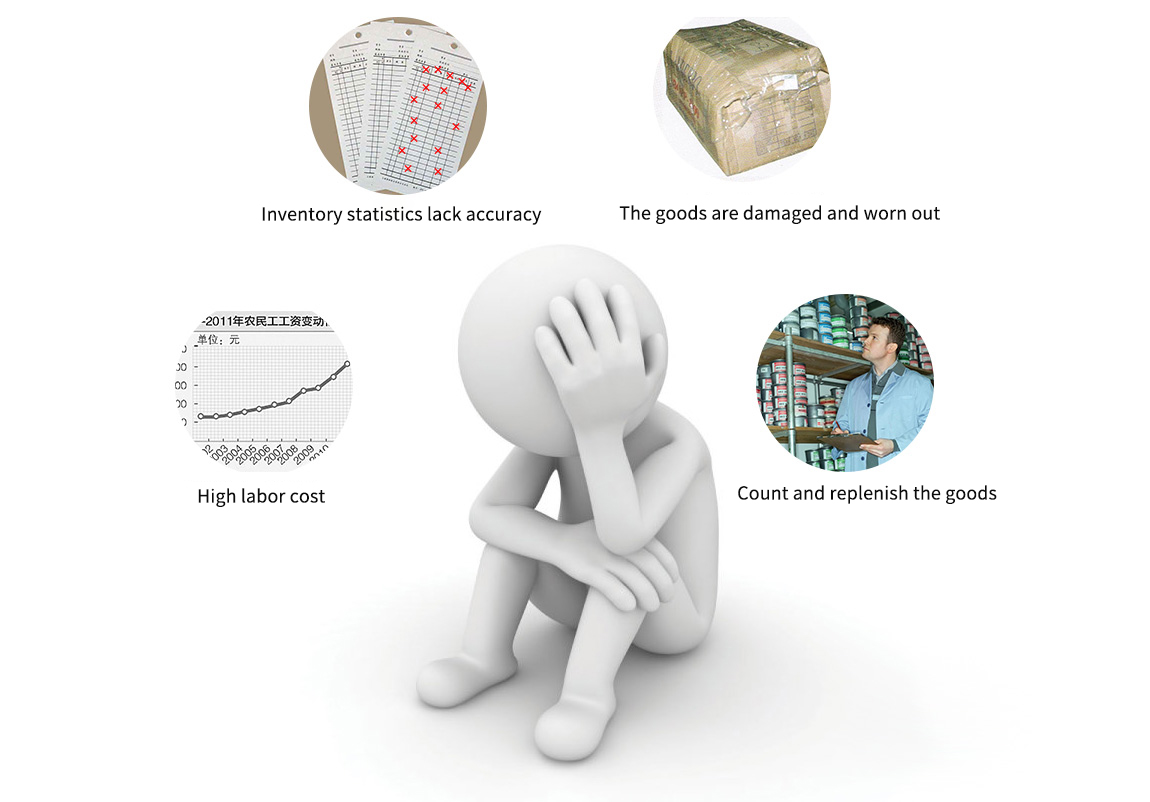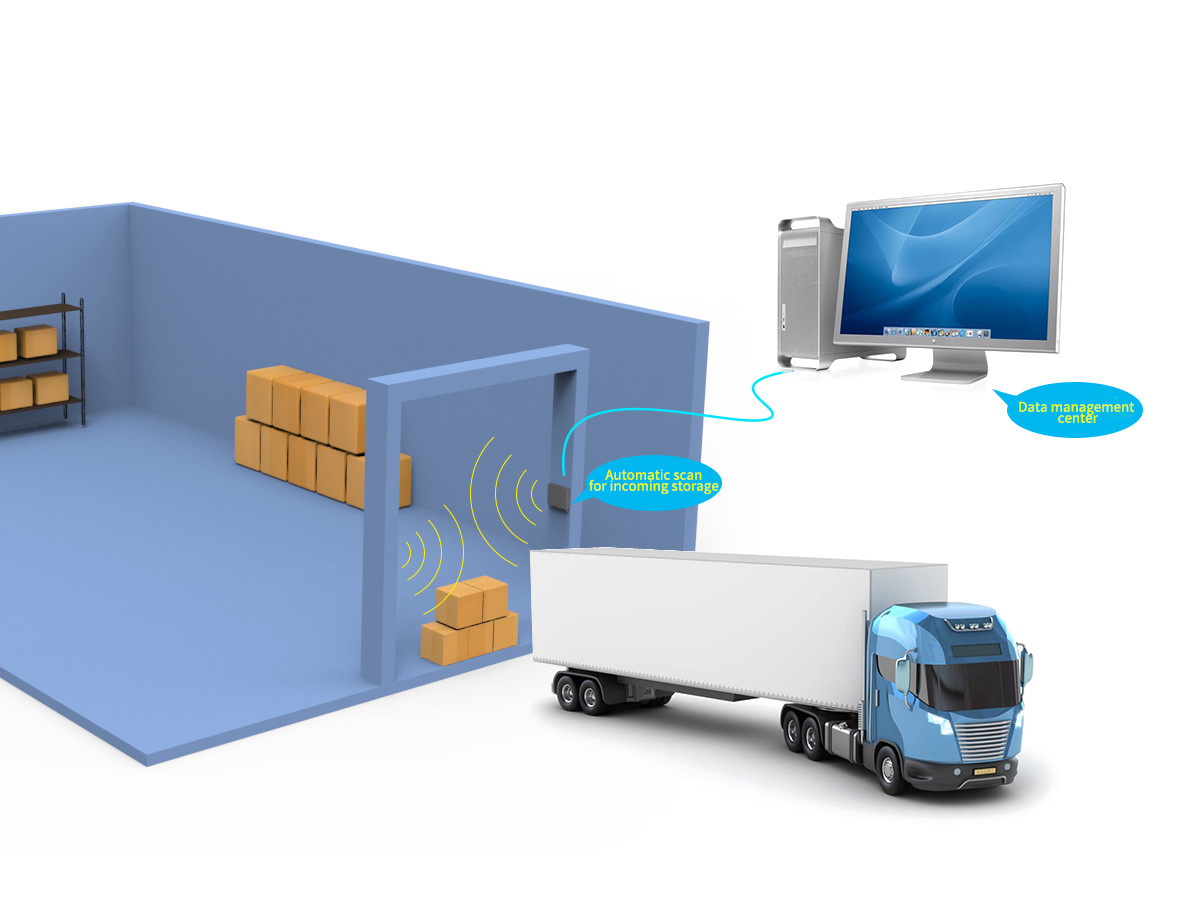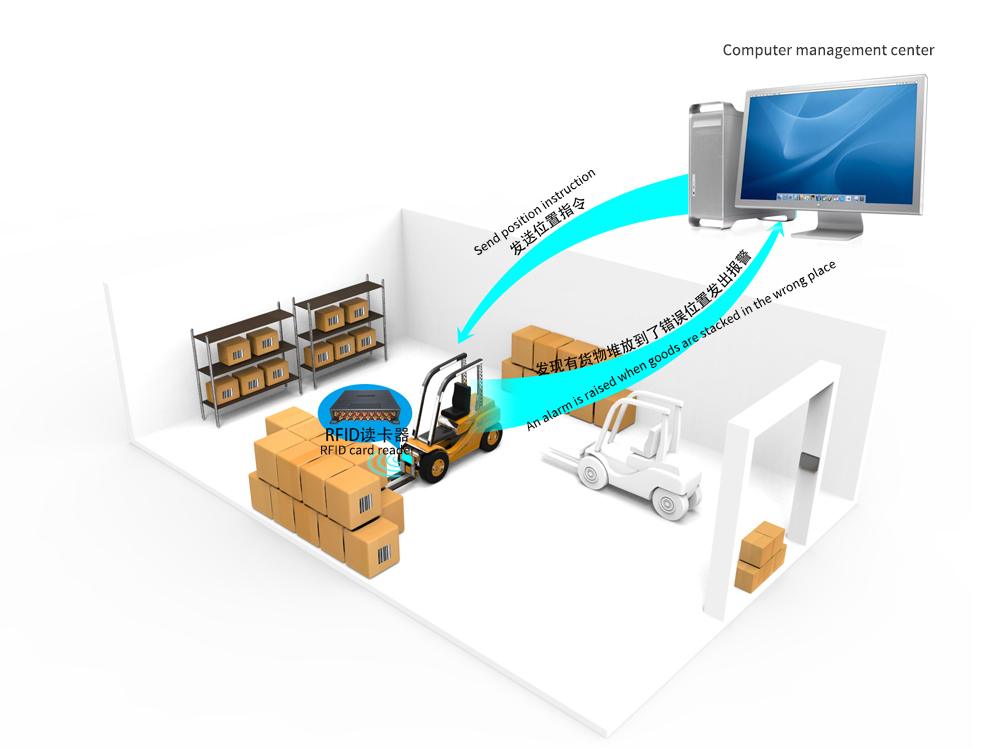
The definition of logistics distribution
"National Standard Logistics Terms" is defined as: logistics is within the scope of economic and reasonable areas, according to user requirements, the selection of goods, processing, packaging, segmentation, assembly and other operations, and on time delivery to the designated place of logistics activities. Distribution center is a logistics place or organization engaged in distribution business. The establishment of distribution center is mainly for the realization of distribution in logistics, therefore, distribution center is located in the logistics node, specializing in goods distribution activities of business organization or business entity.
Traditional logistics has major problems
In the process of traditional commodity logistics management, bar code is the main means of product identification, but the bar code still has many insurmountable shortcomings: bar code is read-only, need to align the target, can only read one at a time, and easy to damage; What's more, with more than half a billion products produced every year, the world is running out of 12-digit barcodes. And UHF RFID is erasable, use without alignment of the target, at the same time can read multiple, strong all-weather use, without human intervention operation. The main problems of traditional logistics are as follows:

UHF RFID is used in the field of logistics
In view of the problems existing in the traditional logistics distribution center, how to apply UHF RFID technology in the distribution center is introduced in detail from the following aspects.
Warehousing and inspection: When the goods with electronic tags arrive at the distribution center, readers (such as the multi-channel card reader DestraM) at the entrance can automatically read multiple tags from a distance. Based on the information read, the management system will automatically update the inventory.

Sorting and replenishing goods: The delivery vehicle equipped with mobile reader [embedded RF100 module] automatically sorts the goods and automatically delivers the goods to the correct location according to the instructions of the computer management center. At the same time, the inventory of the computer management Center is updated to record the latest location of the goods. The inventory replenishment system will automatically issue an application to the management center when the inventory is short of the specified quantity. According to the command of the management center, the corresponding quantity of goods will be replenished at the specified time. When sorting out goods and replenishing inventory, if goods are found to be in the wrong position, the reader will alert the management center at any time, and the delivery car will re-stack these goods to the correct designated position according to the instruction.

UHF RFID has played an important role in many links of logistics, and its main application is in retail links, warehousing links, transportation links, distribution and distribution links. Logistics in the application of UHF RFID technology, freight transportation will achieve a high degree of automation. When the goods go out of the warehouse in the distribution center and pass through the valid range of the reader at the warehouse exit, the reader automatically reads the information on the label of the goods, and can be shipped directly out of the warehouse without scanning. Remote reading and writing make inventory and finding goods faster and more efficient.
Advantages and development prospects of UHF RFID logistics field
Logistics as a big field of the Internet of Things application, logistics management and the development of the Internet of Things industry have good results, and logistics is just one of the application fields of UHFRFID, automated management of inventory, ultra-high frequency RFID with remote reading and writing, multi-label reading and writing, high mobile reading and writing characteristics, so that it is likely to replace bar code scanning technology in a few years, And will bring changes to logistics management, so as to promote the development of domestic new retail, improve the technological content of logistics and real economy, directly promote the implementation of the national supply-side reform policy.
UHF RFID technology makes it possible for rational remote storage management, product inventory control and intelligent logistics technology. In addition to the longer reading distance, UHF RFID also has the advantage of fast reading speed, so that UHF RFID technology is very suitable for material tracking, carrier, warehouse shelves and other target identification requires non-contact data acquisition and exchange occasions. Widely used in the logistics management of warehouse management, transportation management, material tracking and shelf identification, especially in the supermarket goods theft prevention and other occasions.
|
Last:NONE
NextUWB indoor positioning solution |
Return |